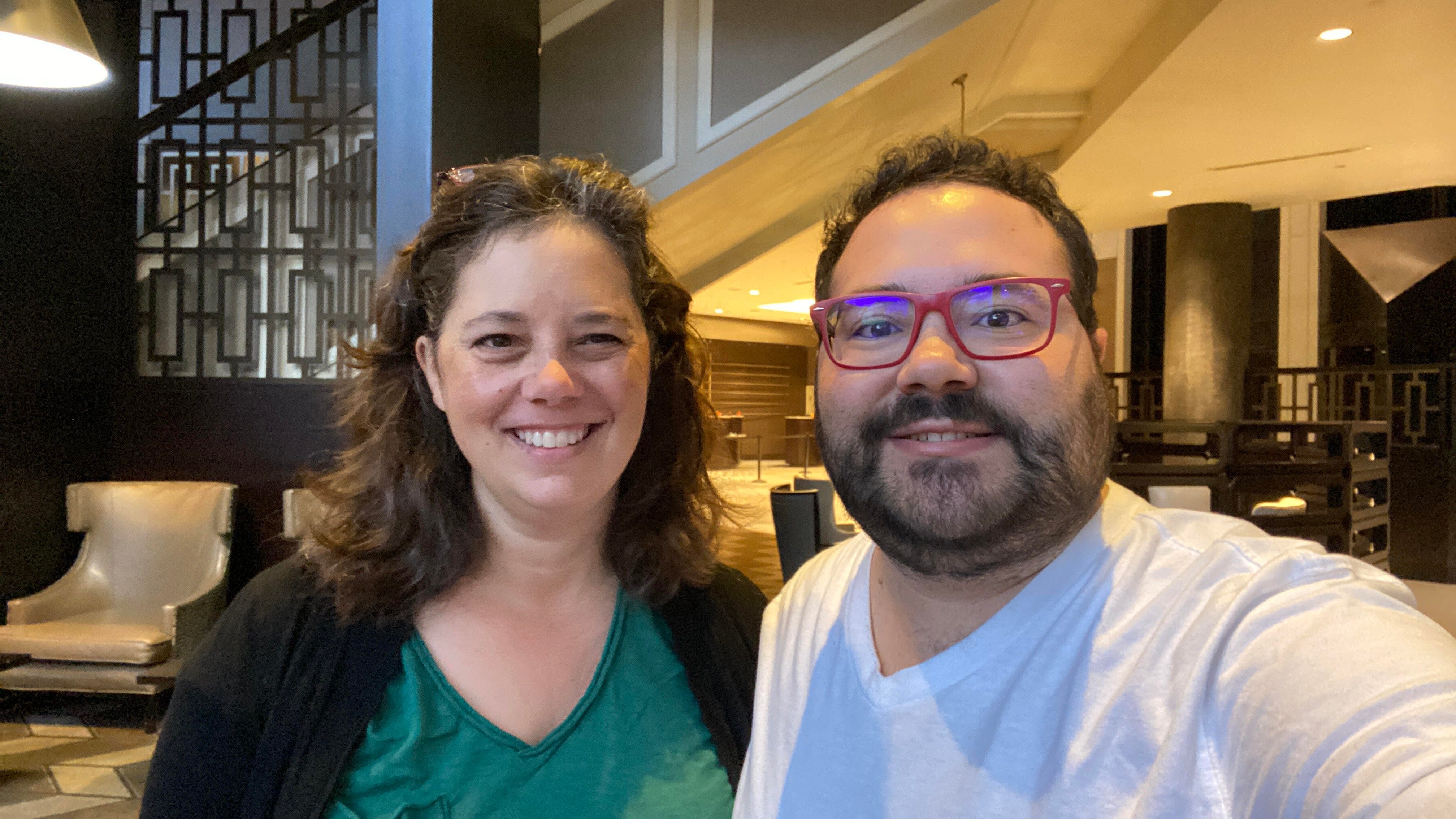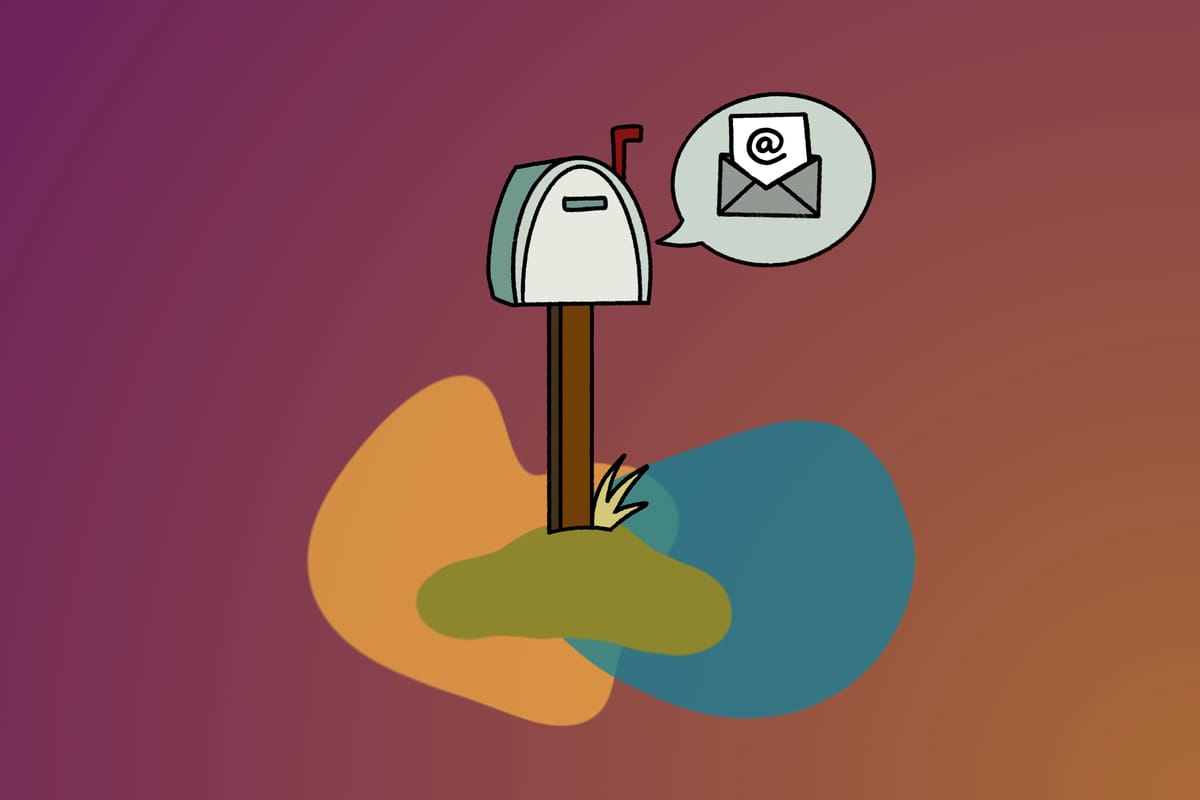What information is crucial in a pitch? How do you find angles that other journalists have missed? And how do you avoid falling for hype or misinformation in very technical spaces?
Three courses designed by The Open Notebook with Emily Laber-Warren can help you answer those questions.
The Open Notebook is a 12-year-old non-profit that supports science journalists by going behind the scenes, a database filled with successful pitches, fellowships and the subject of this newsletter: email master classes.
Each course is broken down into a series of daily emails, with accompanying exercises to help any journalist refine their ideas and stories. There are master classes on ‘How to Find an Angle for Any Science Story,’ ‘How to Pitch Science Stories That Sell’ and ‘How to Spot Scientific Hype and Misinformation.’
The courses are geared primarily towards science journalism, but the tips shared can apply to any beat.
After taking the courses, we were left wanting more. And we wanted to know howThe Open Notebook developed this course format, whether they have more in the works, and how newsrooms can use the email course format to reach their audience. So we sent Siri Carpenter, co-founder & editor of The Open Notebook, some questions over email.
In Old News: Can you tell us a bit about how you came up with the idea to run courses via email? Why did you and Emily Laber-Warren choose this method of delivery?
Siri: For a number of years, I had been wanting to develop new ways of presenting material from our archives at The Open Notebook. Since we launched in 2010, hundreds of journalists and editors have shared their insights and experiences through story-behind-the-story interviews, reported features, annotations of notable stories, and our Ask TON advice column. But with more than 500 articles in our archives, we know that a lot of those insights people have shared may be buried in the past—after all, it's not like our readers are going to keep 500 tabs open on their browsers! So I had been looking for ways to synthesize some of that "evergreen" advice and bring it back to the surface.
One way of doing that was by collecting a tiny fraction of articles into our first book, The Craft of Science Writing, which is a curated collection of a few dozen of the stories we've published. I was still thinking about additional possibilities when I attended the Online News Association meeting in 2019. At that meeting, I attended a session run by Dan Oshinsky, an expert on the use of email newsletters, about how to create email "mini-courses." That session included speakers from various media outlets who have used email as a way to create online courses, and it felt immediately obvious that this was something that would be a good fit for The Open Notebook.
One reason I really loved the idea was that the courses could exist indefinitely—there's no set start date, and people can start getting their lessons just whenever they sign up. I also felt that delivering courses by email might be ideal for our international audience, since email doesn't run into issues with internet bandwidth issues the way that other formats can. I really appreciated how this format could ensure that our resources would be accessible to the widest audience possible. The Kavli Foundation agreed, and funded what became our Science Journalism Master Classes series. Emily Laber-Warren, who is a longtime journalist and editor, and who directs the Health & Science Reporting program at the Craig Newmark Graduate School of Journalism at CUNY, came on board as the course instructor, and we launched our first courses in 2021. And Dan Oshinsky, who I learned about this whole idea from in the first place, provided a lot of very valuable help as we were getting started, and throughout the process.
In Old News: Would you consider using this email lesson technique for future courses you offer? What would you do differently?
Siri: Absolutely. We've published three courses so far, and we're working on more now. Since our first course launched in early 2021, thousands of people have signed up for the courses, and the majority of those who open the first lesson stick with us through the final one, which is encouraging. Through post-course surveys, we can see that the vast majority of people rate their course experience very highly; but we've also discovered a few ways in which we'd like to build on what we've done so far.
Currently, our courses are delivered daily, which allows people to progress through them fairly quickly. But we've learned that some people would like to take things more slowly and perhaps dig in deeper, spending more time reading all the links and doing the homework; so we're going to create an option for people to have the lessons delivered either daily or weekly.
Additionally, to make it easier for people to jog their memory about what they've learned, we're creating one-page "course essentials" tip sheets that people can save and refer to later. We're also creating an option for people who've completed a course to receive a certificate of completion. And we're planning to create more opportunities for people taking our courses to interact with Emily "in real life" (well, on Zoom) if they want to.
Finally, the other big way in which we want to continue to build on the success of these courses is that we'd like to adapt the program for our Spanish-speaking colleagues. We know from our TON en Español translations program that there's a real appetite for educational and training resources for science journalists who speak Spanish, so we'd like to develop adaptations of our existing courses, especially with Latin American audiences in mind.

In Old News: How was the process of planning and developing this course different from other workshops The Open Notebook does?
Siri: Since the Science Journalism Master Classes are delivered by email, not in person (or in a live virtual session), producing them is quite a different process. For one thing, there's room within an email course to deliver more information overall. And of course, they're written, so we have a chance to write and revise (and revise again and again) every word. As we're doing that, Emily and I try to be mindful of a number of things, including how much detail we can load people down with on any given day, how we can make the read as smooth as possible, and how we can make the material accessible to a wide, international audience, where we know that not everyone will be steeped in the came cultural references and so on.
Another way that preparing these courses is different from developing workshops is that we don't really have the opportunity to interact, during the course, with the people taking it. That means we have to make sure that every aspect of the course—both the lessons and the "homework" assignments—is totally clear, and that it's possible for people to fully engage with the material in a self-directed way. We try to create homework assignments that can work for everyone, whether they're a newcomer to science writing or a seasoned professional who's just looking for a refresher or for some added nuance.
In Old News: Since launching these courses, what has been some of your most cherished feedback?
Siri: It's been so fun and fascinating to read what people have had to say! A lot of people have commented on how deeply practical the advice in the courses is, and how the homework assignments have helped them clarify their thinking and stay on task. Other people have remarked on Emily's welcoming and encouraging tone, which is wonderful to see because she really does care so much about making sure her students feel supported. Finally, a bunch of people have told us about specific, concrete ways that our courses have helped them, such as by aiding them in finding and pitching a story idea.
In Old News: Do you think newsrooms could use this method to engage with their audiences? What would your advice be for a newsroom looking into this?
Siri: I do think the idea of courses delivered by email has a lot of promise for other newsrooms. As I mentioned, the way I learned about the concept was through a symposium in which folks at organizations as varies as The Washington Post, the Pew Research Center, and BuzzFeed were using email courses to connect their readers with evergreen material in their archives and to turn news reporting into learning opportunities.
What all of those courses, and ours, have in common is that they aim to teach readers something new—a lesson, a skill, or a habit—through a limited-run email campaign in which each lesson builds on the last. From our experience creating our Science Journalism Master Classes, my advice would be for newsrooms to think about what's in their archives that, if synthesized and presented in a different way, could get a new life and could provide genuine value to their readers. I think there are many ways to do this, and some courses might be very short and lightweight whereas others might be more intensive—I think our courses fall on the more-intensive side. I don't think there's any right or wrong approach, but as you're developing a course, do be mindful of how much email people get and how much time they're likely to want to spend looking at your email!

